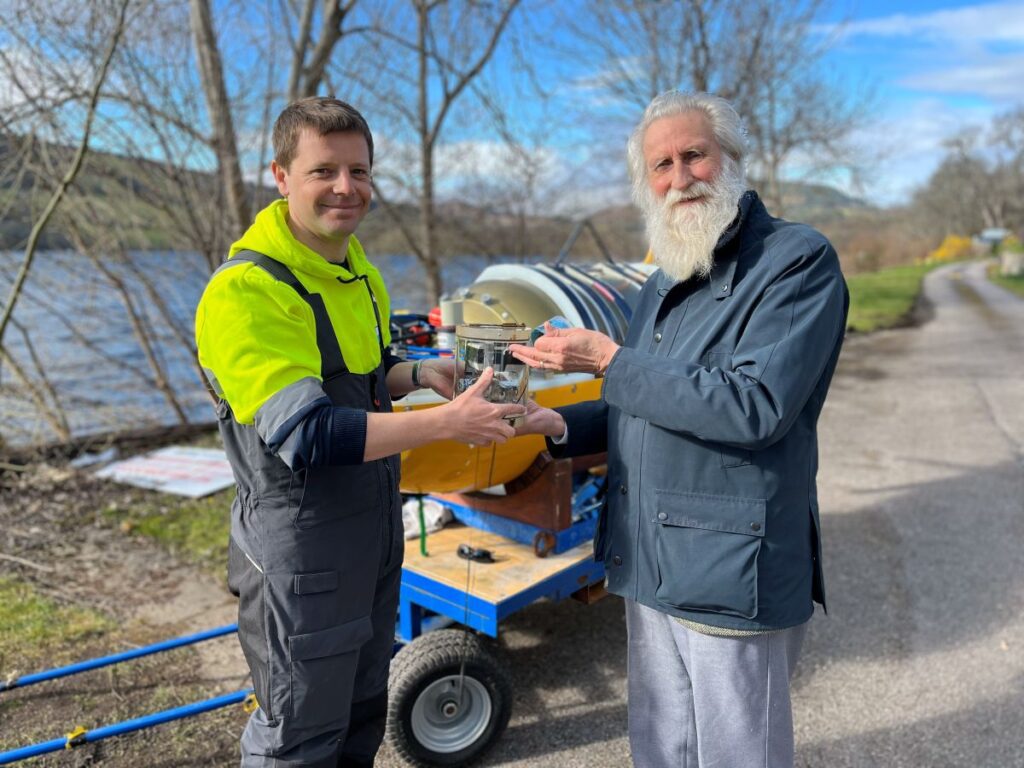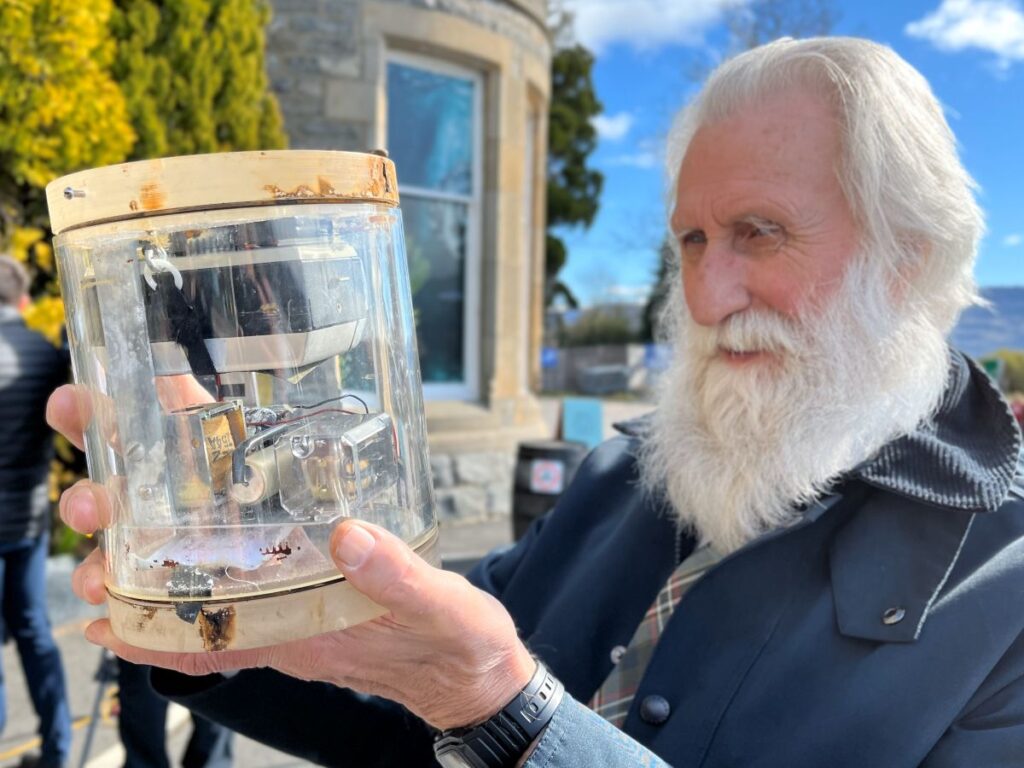
Underwater camera set up 55 years ago to catch the Loch Ness Monster discovered
An underwater camera set up 55 years ago to try and photograph the Loch Ness Monster has been discovered by a robot submarine.
It is believed that the camera, discovered around 180m deep in the loch, had been placed in the water in 1970, by Professor Roy Mackal, of the Loch Ness Investigation Bureau and the University of Chicago.
The robot submarine, called Boaty McBoatface, was doing trials when part of the mooring that had held the camera system in place got caught on the vehicle’s propeller.
Remarkably, despite having been submerged in the 23-mile-long loch for 55 years, the camera was still in good condition and the film able to be developed by a NOC engineer, but no footage of Nessie was found.

Adrian Shine, who set up The Loch Ness Project in the mid-1970s to investigate Loch Ness and its world-famous inhabitant, helped to identify the camera and says it was one of six deployed, with three of them lost in a gale that same year.
‘It was an ingenious camera trap consisting of a clockwork Instamatic camera with an inbuilt flash cube, enabling four pictures to be taken when a bait line was taken,’ he said.
‘It is remarkable that the housing has kept the camera dry for the past 55 years, lying around 180 m deep in Loch Ness.’
The UK’s National Oceanography Centre (NOC) has been carrying out trials of marine autonomous underwater vehicles for almost 10 years, but this is the closest the team – or its underwater robots – have come to encountering Nessie.

‘At 230 m deep, Loch Ness is an ideal location to testing our robotics, their sensors and systems, before they’re deployed in the deep ocean to help answer the big questions we have,’ engineer Sam Smith, from NOC said.
‘While this wasn’t a find we expected to make, but we’re happy that this piece of Nessie hunting history can be shared and perhaps at least the mystery of who left it in the loch can be solved.’
The film, camera and its housing have now been handed to The Loch Ness Centre, in Drumnadrochit, near to where it was found, to allow it to be put on display as a part of the loch’s rich Nessie hunting history.
Read more News stories here.
Subscribe to read the latest issue of Scottish Field.
TAGS

